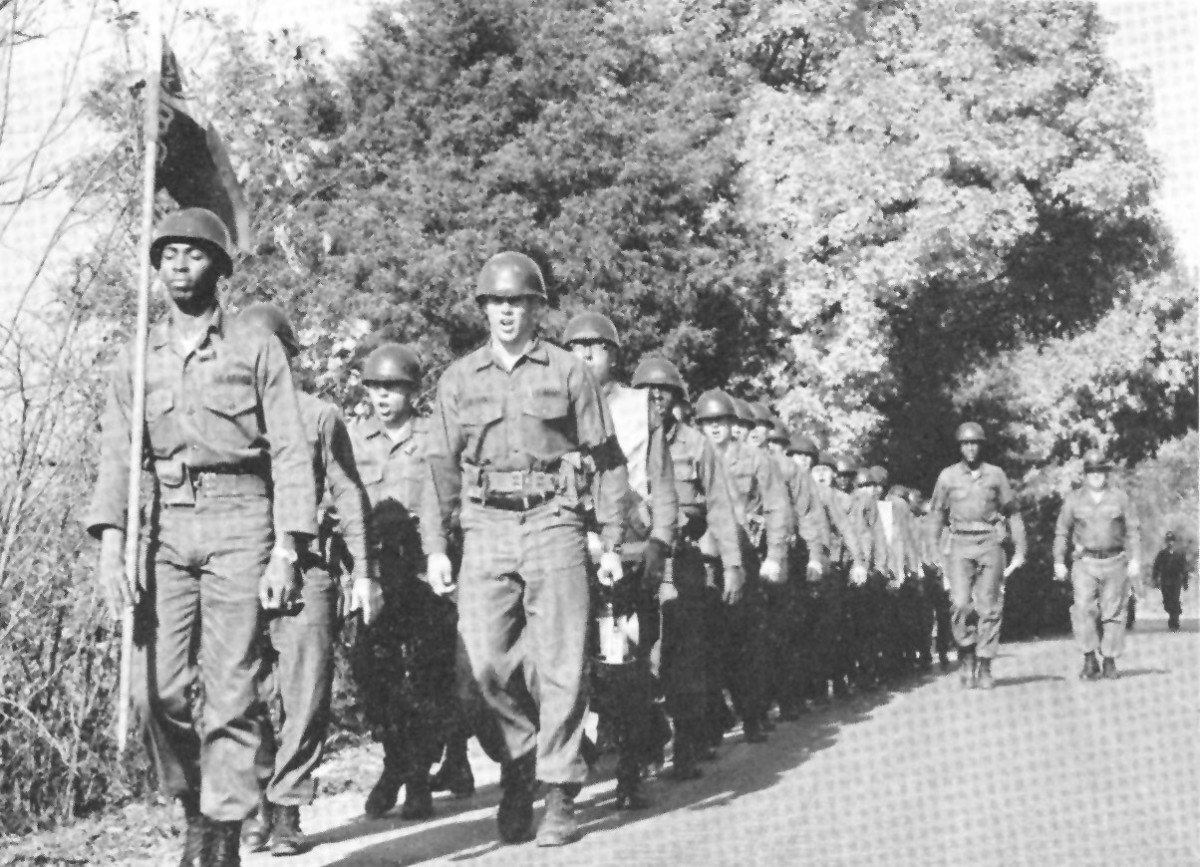Established on July 1, 1973, the U.S. Army Training and Doctrine Command is one of the four major Army Commands. TRADOC has been responsible for training and developing civilians into Soldiers, guiding the Army through doctrine, and shaping the Army through integrating capabilities and materiel for the past 51 years. (Courtesy historical photo)
VIEW ORIGINAL
“Victory Starts Here.”
This is more than just a motto or an eye-catching phrase to distinguish the U.S. Army Training and Doctrine Command from other commands. It is how TRADOC operates each day to train, develop leaders, guide Army culture, and shape the future force while putting the command on a sustainable strategic path.
TRADOC was established to give the American military and the United States one specific Army command that would provide new Soldiers with the training, education, doctrine, units, and — until 2018 — equipment requirements to achieve the Army’s part of providing the country’s general-purpose land force.

Gen. William E. DePuy was TRADOC’s first commander, who as a lieutenant general, played a pivotal role in Operation STEADFAST, the effort that generated TRADOC.
That effort culminated with the service’s disestablishment of the Continental Army Command and the establishment of Forces Command. Additionally, the Army disestablished the Combat Developments Command and incorporated its mission into the newly established TRADOC.
At the command’s activation ceremony at Fort Monroe, Va., on July 1, 1973, the command’s story began.
The name TRADOC was derived from two of its core responsibilities, training and doctrine, which have significantly influenced and shaped the U.S. Army.
TRADOC developed the Systems Approach to Training that required Soldiers to perform at a level of established standards, as measured by Skill Qualification Tests. To complement the Officer Education System, TRADOC also established progressive and sequential training for the Noncommissioned Officer Education System.
Training the most lethal Soldiers who are disciplined, fit, and ready to fight and win our nation’s conflicts has been the foundation of the organization since its inception. TRADOC’s revolutionary creation placed a direct focus on initial military training that was based on current doctrine and combat techniques. TRADOC continues to improve training by using modern technology and resources to teach and train Soldiers all across the globe.
Another core responsibility of TRADOC, and the other half of its name, was to research, write, and publish the U.S. Army’s doctrine by way of its series of “how to fight” manuals and handbooks. After TRADOC’s establishment, DePuy and Maj. Gen. Paul F. Gorman, deputy chief of staff for training, along with a few field-grade officers, produced the July 1976 edition of FM 100-5, Operations, which was also part of an American military-wide doctrinal renaissance following the Vietnam War. The purpose of the doctrine was to drive rapid change throughout an Army confronting an upgraded Soviet threat in Europe, and contend with the aftermath of the long Vietnam War.
Fresh doctrine, DePuy reasoned, would serve as a guidon for the Army, shaping everything it did, from training and education to developing leaders and new equipment. Another significant purpose was to provide Soldiers with clear and practical guidance on how to fight and win on the modern battlefield against a peer opponent.
TRADOC was created to modernize and enhance institutional military training across the force. Through centers of excellence and schools under the TRADOC footprint, the unique mission of developing doctrine and training to counter the world’s current threats continues to this day.
TRADOC sustains its proud legacy of shaping the Army by training Soldiers and units, developing dynamic leaders, guiding the Army through doctrine, and shaping the force by building and integrating formations with the new capabilities and materiel fashioned by other Army commands.
Happy 51st Anniversary TRADOC!










